Black Country Landscapes - The Stourbridge Canal & Glass Works Walk
The Stourbridge Canal
Easily accessible and a pleasure to explore the Stourbridge Canal links the Staffordshire and Worcestershire Canal with the Dudley Canal to Birmingham and the Black Country.
Stourbridge, has a rich history in the glass industry, particularly in the production of high-quality crystal and glassware. While the industry has seen a decline over the years, there are still some companies and products associated with Stourbridge's glassmaking heritage.
Stourbridge Glass: Stourbridge Glass was a historic glassworks in the town, known for its production of fine crystal and glassware. Although it has closed down, its legacy lives on in the form of antique Stourbridge glass pieces, which are highly sought after by collectors.
Thomas Webb & Sons: Thomas Webb & Sons was one of the most famous glassmaking companies in Stourbridge. They were renowned for their high-quality crystal products, including vases, stemware, and decorative glass items. The company operated from the early 19th century until the late 20th century. Their glassware is highly collectible.
Royal Brierley Crystal: Royal Brierley Crystal is a contemporary British crystal and glassware company that carries on the tradition of glassmaking in Stourbridge. They produce a wide range of crystal items, including glassware, decanters, and decorative pieces. Royal Brierley is known for its quality and craftsmanship.The canal has always been associated with the glass making industry, once over twenty glass works thrived in this area.
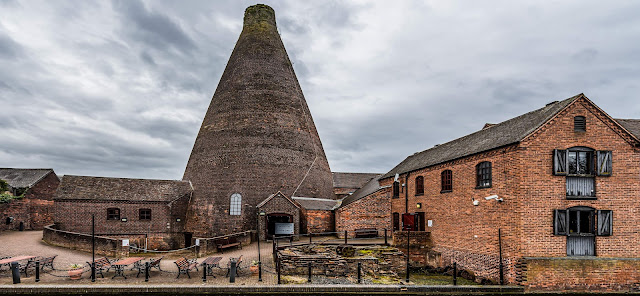 |
| Stourbridge Glass Museum |
Caithness Glass: Caithness Glass is another contemporary glass company with a presence in Stourbridge. They produce a variety of glass products, including paperweights, vases, and decorative glassware. While they are not exclusive to Stourbridge, they continue the tradition of fine glass craftsmanship.
Whitefriars Glass: Whitefriars Glass was a prominent glassmaking company in London but had ties to Stourbridge as well. They were known for their coloured glass and innovative designs. Although the original company is no longer in operation, Whitefriars glass pieces are highly collectible.
Glass Museums: Stourbridge is home to the Ruskin Glass Centre and the Red House Glass Cone, both of which serve as museums and centers for promoting glass art and craftsmanship. They host exhibitions and workshops related to glassmaking. The canal was built in 1779 to transport coal into the region and then extended to help transport the world renowned Stourbridge glass out.
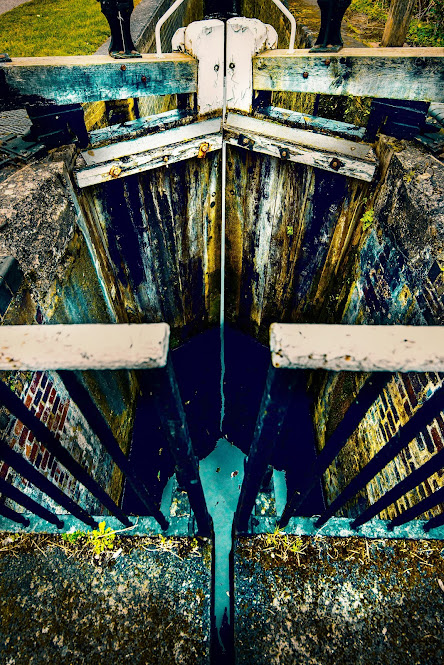
Stourbridge basin was enlarged in 1807 to cope with the sheer volume of traffic from this industrious area, even today its still busy, repurposed for pubs with outdoor dining and narrow boat moorings.

Just off Stourbridge ringroad you will find the Old Wharf Inn. Its a great place to start your walk of the canal, about five miles with excellent towpaths and about fifteen locks. The landscape is quite varied with lots of glimpses into our industrial heritage along the way, theres a pub at each end so refreshments are plenty.
https://www.amazon.co.uk/Were-Yesterday-Birmingham-Photographs-Remembered/dp/1704391431
Photography by Simon Donnelly








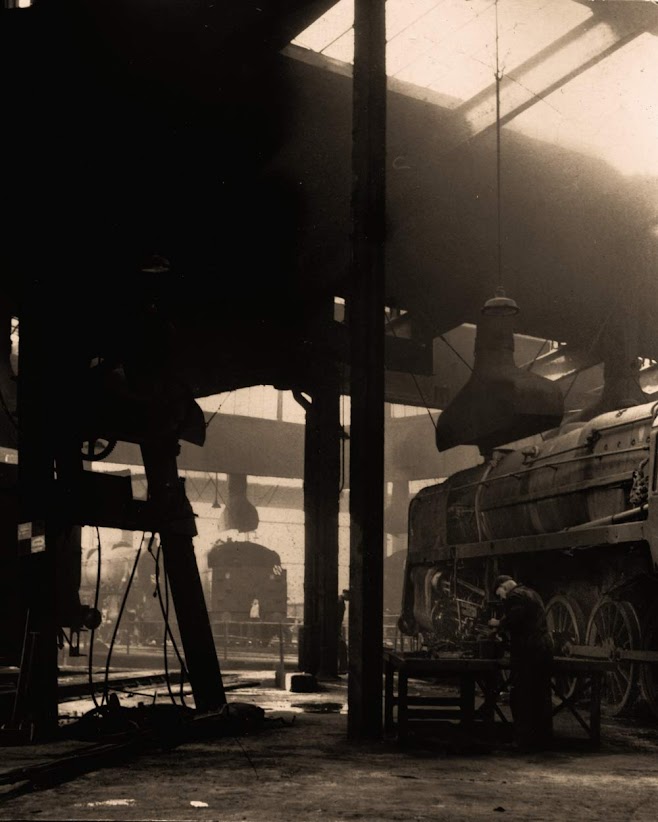
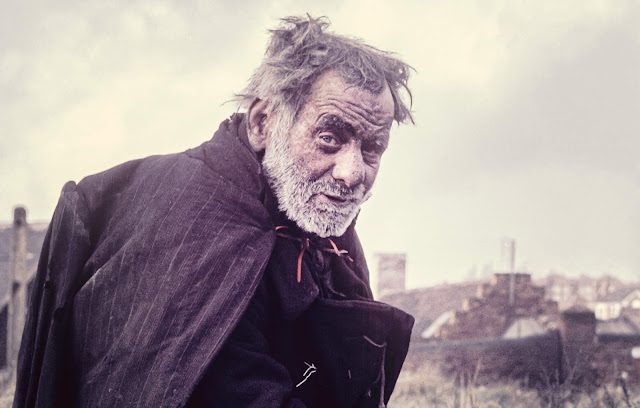

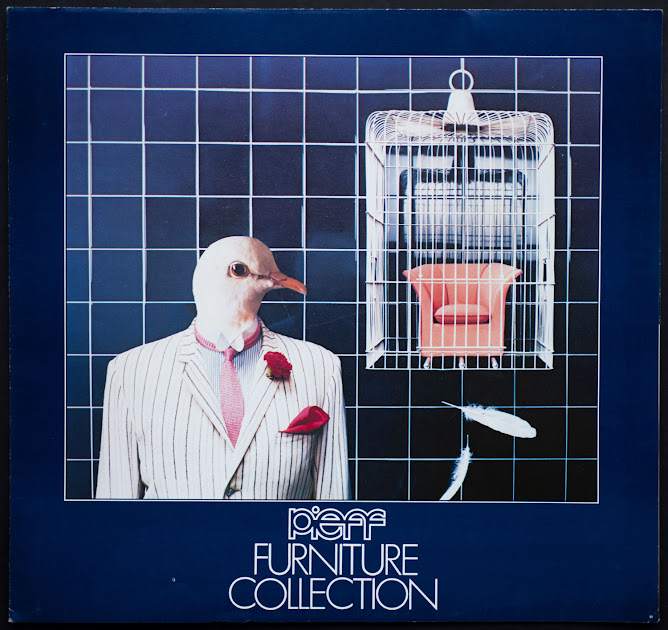

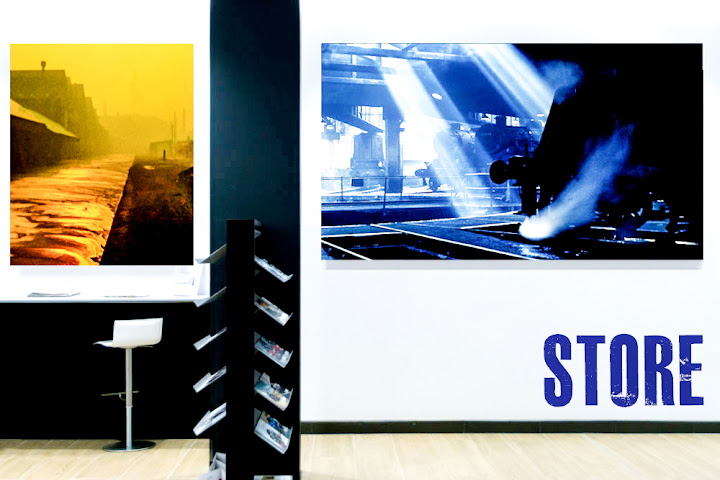

Comments
Post a Comment